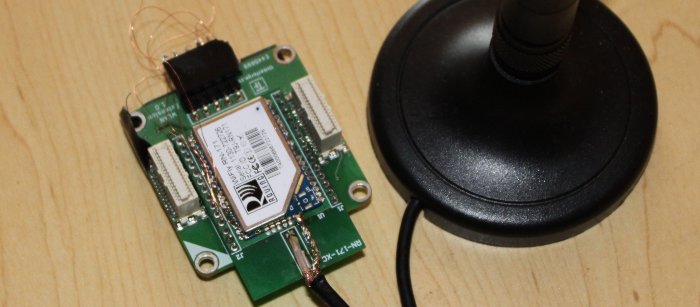As many of you have probably already read in the forum, we intend to not sell the Chibi Extension anymore.
The reasons: The frequency band that we are able to use in Germany with Chibi has a range from 868.0 to 868.6Mhz (We still sell mostly in Germany). The Bandwidth of 0.6Mhz is so small, that only one channel can be used.
Now it seems that there are radio thermostats and similar devices that use the same frequency and they leave absolutely no space for the Chibi Extension. It seems that they are spamming values like the temperature and if the receiver receives every 100th or 1000th message the system works. With our system we require every message to go through. So we resend until we get an ACK.
This means that for approximately 5-10% of our customer the Chibi Extensions doesn’t work sufficiently. To this number you have to add the people that just don’t report the problems. It seems that either the first enumerate message doesn’t go trough and the Chibi slaves are not found or it only works with very small distances.
We already did invest lots of time but we simply weren’t able to find a solution for this problem. Since we currently have more TODOs than we are able to cope with (RS485, IMU calibration, open orders etc), we decided to remove the Chibi Extension from our product line for now.
It seems that there are nevertheless lots of customers that like the Chibi Extension (http://www.tinkerunity.org/forum/index.php/topic,462.0.html). We will, after the RS485 Extension is released, give the highest priority on our TODO list to the WIFI Extension. With the WIFI Extension it will be possible to communicate with a stack of Bricks directly over WIFI, either in you home network over an access point or directly via ad hoc mode. Since the connection is done directly over TCP/IP there is no need for the Brick Daemon. This means that it is possible to e.g. control a robot directly from a smartphone without any PC connection! A first prototype and the basics of the software do exist already:

The only big advantage of the Chibi Extension compared to the WIFI Extension is the range. With a normal Antenna comparable distances are not possible with WIFI. We did order some directional antennas and will put the best of them in our shop when the WIFI Extension is available.
As a compromise we thought of the following: After we released the WIFI Extension we will make another survey about Chibi. If there is still a high interest, we will first try to make our Chibi firmware more stable with the help of external expertise. If that doesn’t help with the problems we will search for another frequency that allows for comparable distances and develop another wireless extension!
PS: The IMU calibration is running at full blast. We will probably make a video of the automated calibration process at the weekend, of course we used Tinkerforge Hardware for that :-)!



